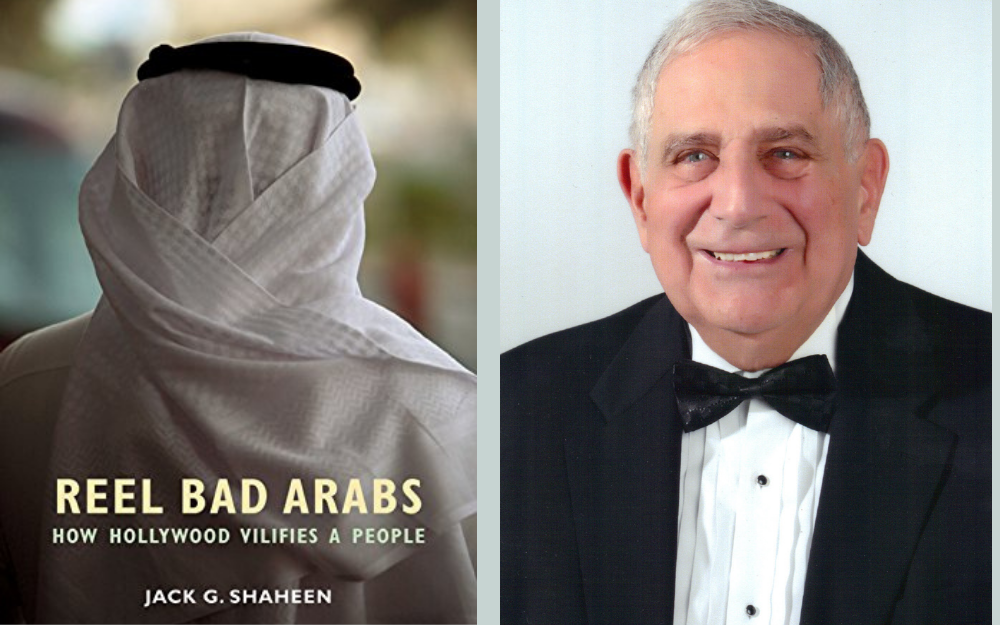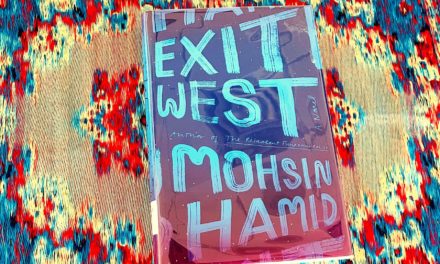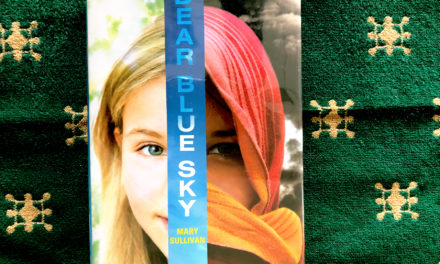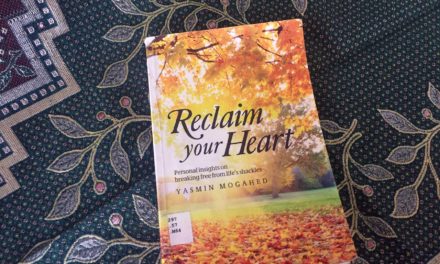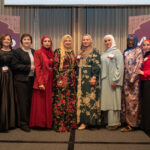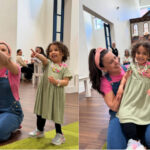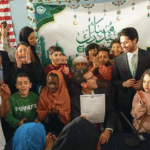Elise Bellin, Librarian of the Islamic Resource Center, wrote this book review as part of an ongoing series that focuses on a range of books within the IRC collection as a service to the community.
Reel Bad Arabs: How Hollywood Vilifies a People by Jack G Shaheen (2001, 2009)
ISBN: 9781566567527
Stereotypes are everywhere and have been around at least since the first two tribes of humans met one another in the long bygone era of caves, clubs, and the struggle for fire. They met one or more people from the other group, found one or two facts about them, and decided all were like that. It didn’t make it true or right, just one of the tools they had developed to stay ahead of the predators, and thus survive.
Fortunately, we have developed beyond the need for such things, or at least that is what we teach ourselves. We claim to have evolved into more caring, understanding creatures that don’t paint everyone and everything with the same brush. Except we do. Every group in existence has both stereotypes placed upon themselves by others and stereotypes that they, themselves, place upon others.
While this understandably can become an issue when groups with divergent views come together and are unwilling to learn from one another much less listen, the bigger problem comes in when a group that is the vast majority uses specifically its negative stereotypes to suppress those below it. And this is further aggravated by people that, instead of creating an open dialog about the issue shut down all conversation on it, thus solidifying stereotypes and polarizing positions on both sides and creating an undercurrent of persecution on those minorities affected by the majority-held harmful stereotype.
One of the ways in which these harmful stereotypes are spread is through the media. Movies, music, books, news broadcasts, etc. all have a significant effect on the beliefs and knowledgebase of a people. Unfortunately, this means when a lot of people see a blockbuster film where all of the blacks are either destitute, gang members, or otherwise of low repute, all of the Asians are good at math, bad drivers, and lecherous, with “tiger moms” and ties to the yakuza (even if they aren’t Japanese), the Catholic priests that always seem to be pedophiles, the Latin lotharios out to seduce your innocent (and often helpless) female relations who can’t possibly be expected to think for themselves (a double stereotype that harms both sides of the equation), French philanderers (same deal), or all Middle Easterners seem to be undereducated and descendants of Ali Baba’s 40 thieves, submissive and scantily clad maidens, burka-clad repressed victims of abuse, terrorists bent on global destruction and chaos, or whatever other negative stereotype you can throw in there, or any other culture that has been boiled down to its basest stereotype or news blerb without regard to what may or may not be true, these negative, and often unchallenged, stereotypes degrade, debase and suppress those people.
In Reel Bad Arabs, the book that launched the documentary which then became a traveling exhibition and student film program, Shaheen examines the history and critique surrounding, as the name suggests, the stereotypes specifically Arab Americans face in cinema and US pop culture. This is not just a summary of the different images. It is the culmination of twenty years of research into the subject and even delves into how the film industry’s portrayal of Arabs and Israelis won Israel’s public relations war with Palestinians long before the first rubber-coated steel bullet was fired.
If you are at all interested in how Hollywood has truly crafted our outlook on society, on the effects of stereotypes in the real world, this book is an excellent place to start your investigation. Even twenty years after its initial publication, Reel Bad Arabs still stands as a true testament. We can be better. We just haven’t gotten there yet.
